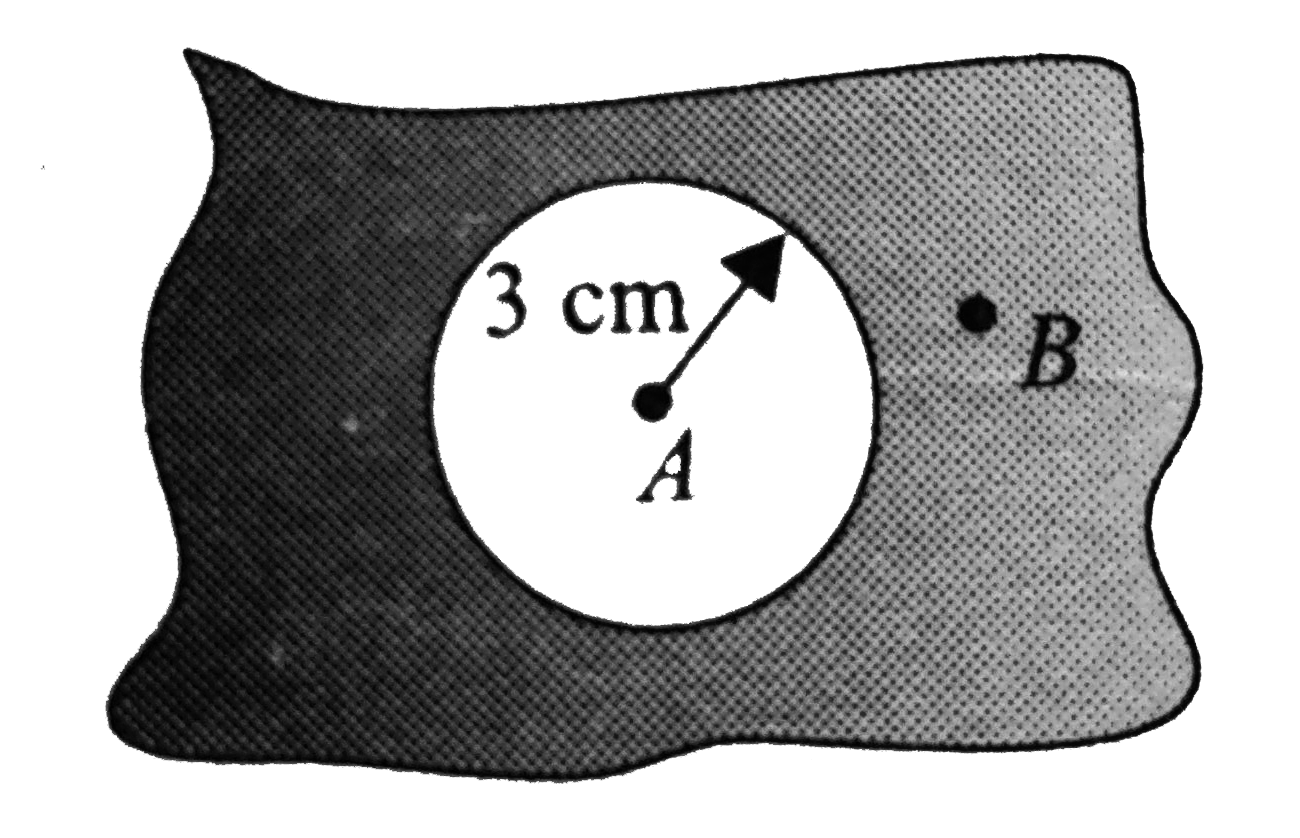A droplet of ink in an industrial ink-jet printer carries a charge of 1.6×10−6C and is deflected onto the by a force of 3.2×10−4N. Find the strength of the electric field to produce this force.
To find the strength of the electric field that produces a given force on a charged droplet, we can use the relationship between force, charge, and electric field. The formula we will use is:
F=E⋅Q
Where:
- F is the force acting on the charge (in Newtons),
- E is the electric field strength (in Newtons per Coulomb),
- Q is the charge (in Coulombs).
1. Identify the Given Values:
- Charge Q=1.6×10−6C
- Force F=3.2×10−4N
2. Rearrange the Formula:
- We want to find E, so we rearrange the formula:
E=FQ
3. Substitute the Values:
- Substitute the values of F and Q into the equation:
E=3.2×10−4N1.6×10−6C
4. Perform the Calculation:
- Calculate the electric field strength:
E=3.21.6×10−410−6
E=2×102N/C
5. Final Result:
- The strength of the electric field is:
E=200N/C
- F is the force acting on the charge (in Newtons),
- E is the electric field strength (in Newtons per Coulomb),
- Q is the charge (in Coulombs).
- Charge Q=1.6×10−6C
- Force F=3.2×10−4N
- We want to find E, so we rearrange the formula:
E=FQ
- Substitute the values of F and Q into the equation:
E=3.2×10−4N1.6×10−6C
- Calculate the electric field strength:
E=3.21.6×10−410−6
E=2×102N/C
- The strength of the electric field is:
E=200N/C
Topper's Solved these Questions
- COULOMB LAW AND ELECTRIC FIELDBOOK - CENGAGE PHYSICS ENGLISHCHAPTER - COULOMB LAW AND ELECTRIC FIELDEXERCISE - Subjective Type
15 Videos
- COULOMB LAW AND ELECTRIC FIELDBOOK - CENGAGE PHYSICS ENGLISHCHAPTER - COULOMB LAW AND ELECTRIC FIELDEXERCISE - Subjective
32 Videos
- COULOMB LAW AND ELECTRIC FIELDBOOK - CENGAGE PHYSICS ENGLISHCHAPTER - COULOMB LAW AND ELECTRIC FIELDEXERCISE - Solved examples
10 Videos
- CENGAGE PHYSICS DPPBOOK - CENGAGE PHYSICS ENGLISHCHAPTER - CENGAGE PHYSICS DPPEXERCISE - subjective type
51 Videos
- ELECTRIC CURRENT & CIRCUITSBOOK - CENGAGE PHYSICS ENGLISHCHAPTER - ELECTRIC CURRENT & CIRCUITSEXERCISE - Kirchhoff s law and simple circuits
15 Videos
Similar Questions
The electric force experienced by a charge of 1.0xx10^(-6) C is 1.5 xx 10^(-3) N . Find the magnitude of the electric field at the position of the chaerge.
View SolutionThe electric force experienced by a charge of 5×10−6C is 25×10−3N. Find the magnitude of the electric field at that position of the charge due to the source charges.
View Solution
Knowledge Check
A force of 2.25 N acts on a charge of 15×10−4C. The intensity of electric field at that point is
A150NC−1B15NC−1C1500NC−1D1.5NC−1The electric field that can balance a charged particle of mass 3.2×10−27kg is (Given that the charge on the particle is 1.6×10−19C)
A19.6×10−8NC−1B20×10−6NC−1C19.6×108NC−1D20×106NC−1
A point charge of 5×10−6C experiences a force of 2×10−3N when kept in a uniform electric field of intensity E. Find E.
View SolutionFigure shows a point charge of 0.5×10−6 C at the center of the spherical cavity of radius 3 cm of a piece of metal. The electric field at

View SolutionThe force experienced by a charge of 2μC in an electric field is 3×10−3N. The intensity of the electric field.
View SolutionA charged cloud system produces an electric field in the air near the earth's surface. A particle of charge −2×10−9 C is acted on by a downward electrostatic force of 3×10−6 N when placed in this field. The gravitational and electrostatic force, respectively, exerted on a proton placed in this field are
View SolutionA particle of mass 1 g and charge 2.5×10−4C is released from rest in an electric field of 1.2×104NC−1 (a) Find the electric force and the force of gravity acting on this particle. Can one of these forces be neglected in comparison with the other for approximate analysis? (b) How long will it take for the particle to travel a distance of 40 cm? (c) What will be the speed of the particle after travelling this destance? (d) how much is the work done by electric force on the particle during this period?
View SolutionTen positively charged particles are kept fixed on the x-axis at points x=10cm, 20cm, 30cm, …, 100cm. The first particle has a charge 1.0×10−8C, the second 8×10−8 C, the third 27×10(−8)C and so on. The tenth particle has a charge 1000×10−8C. find the magnitude of the electric force acting on a 1 C charge placed at the origin.
View Solution
